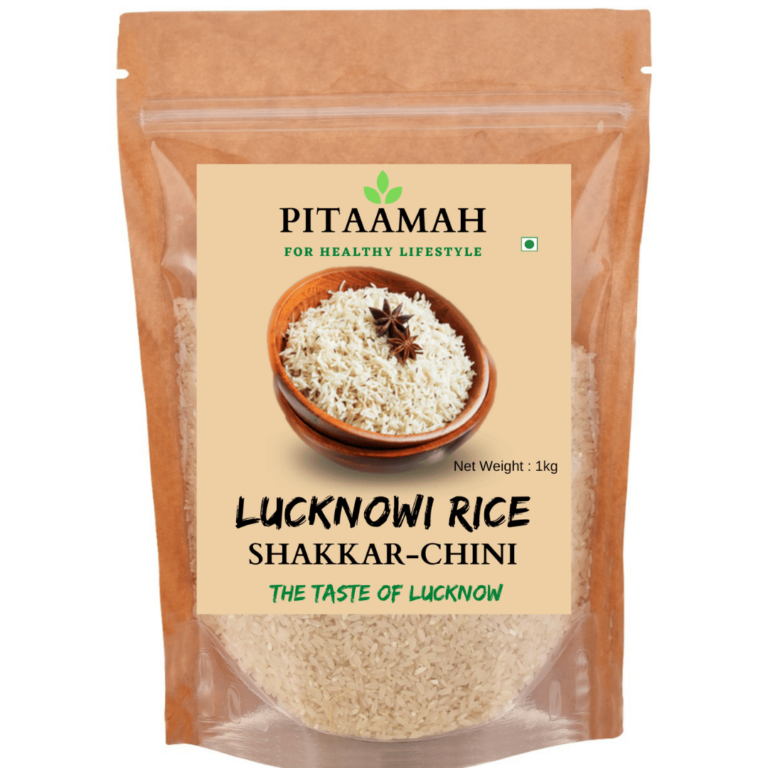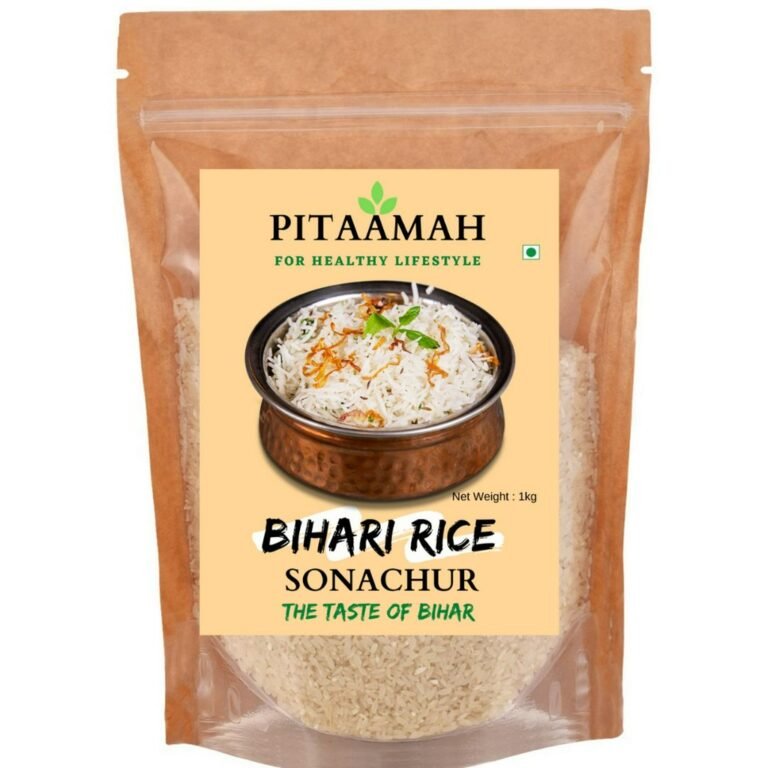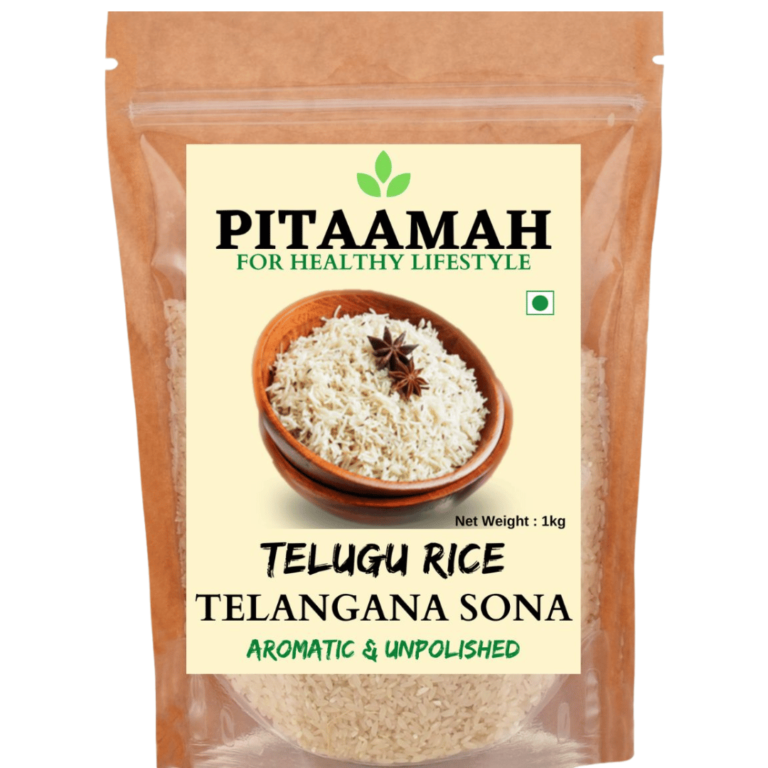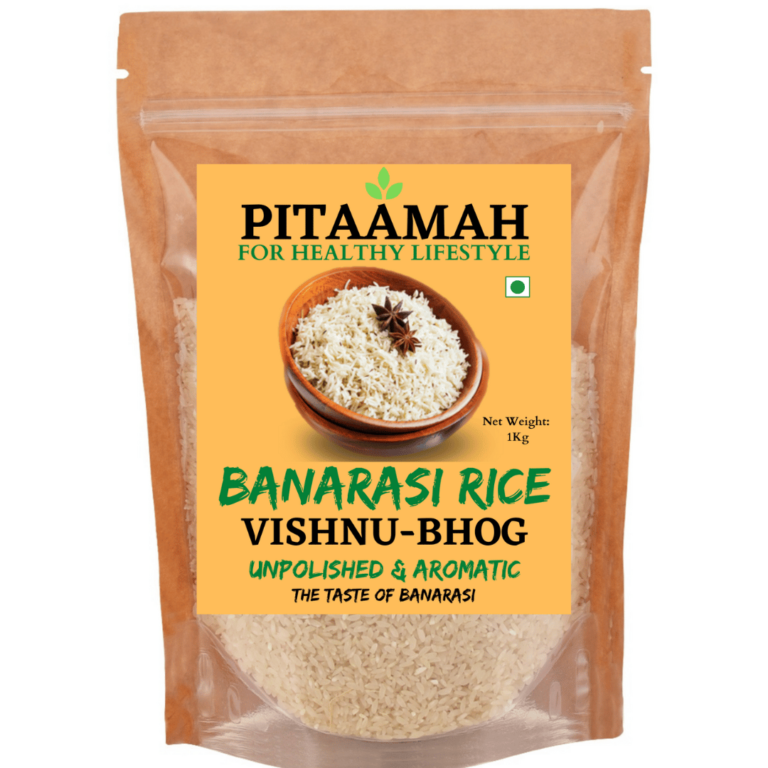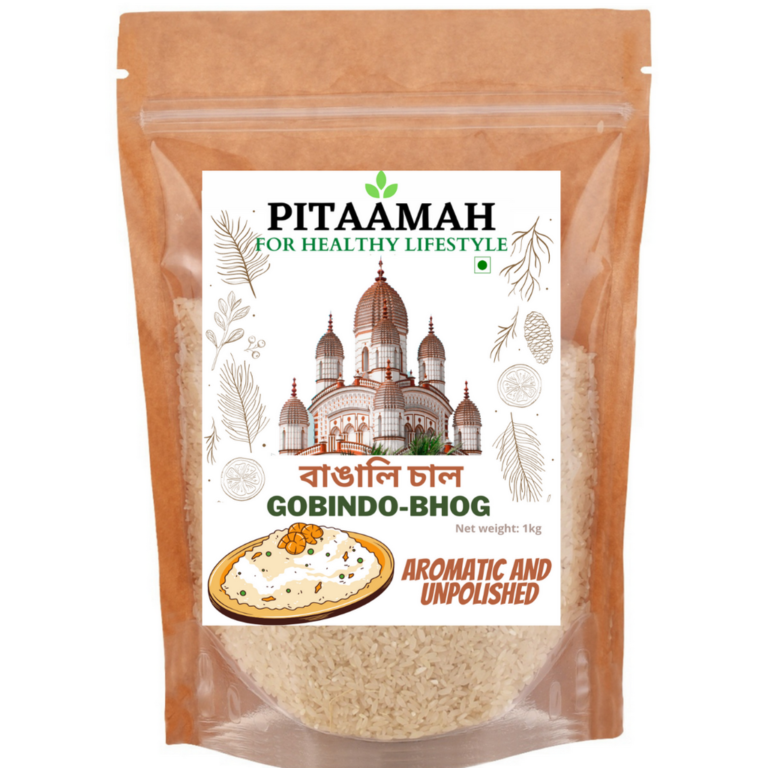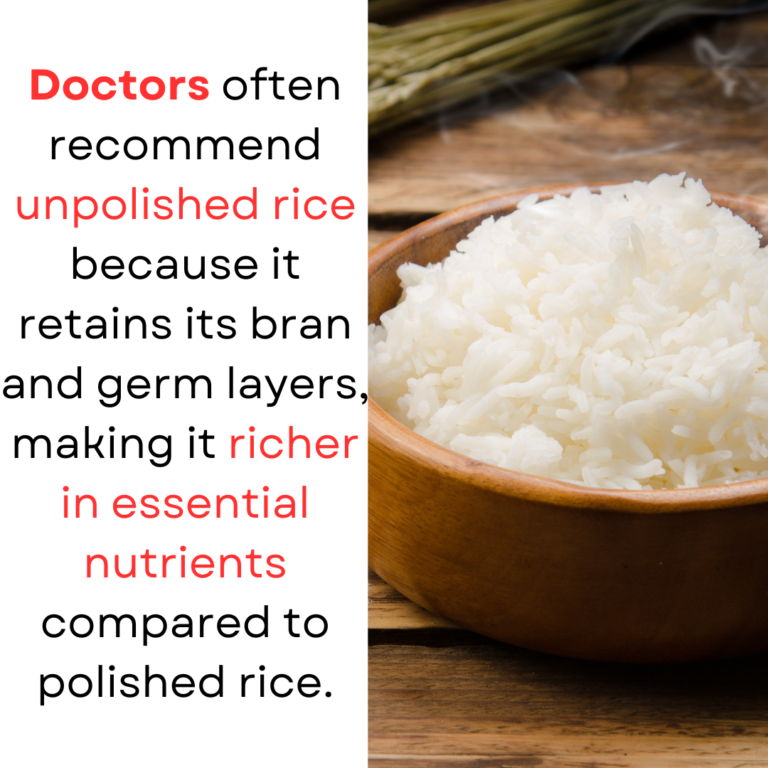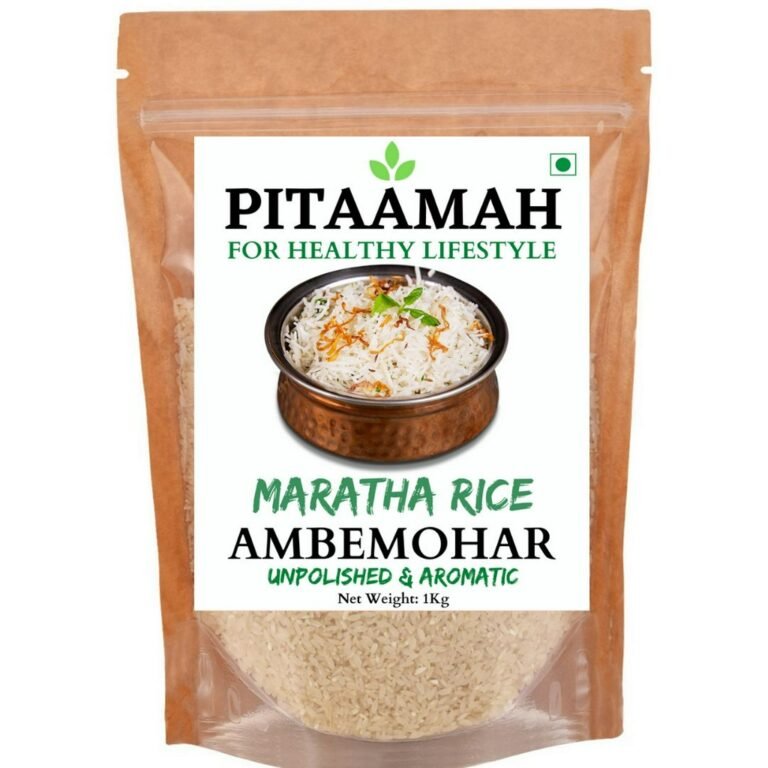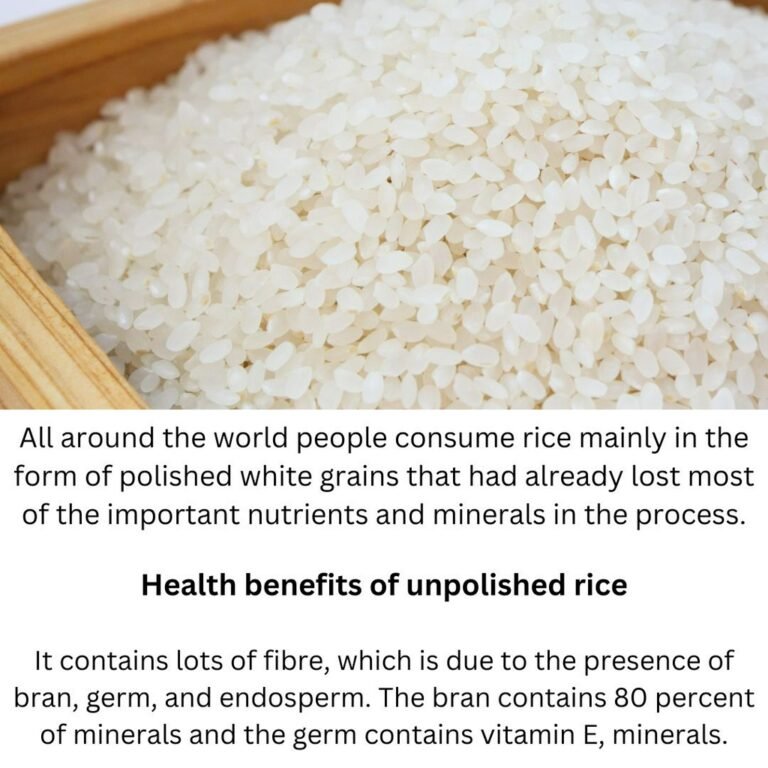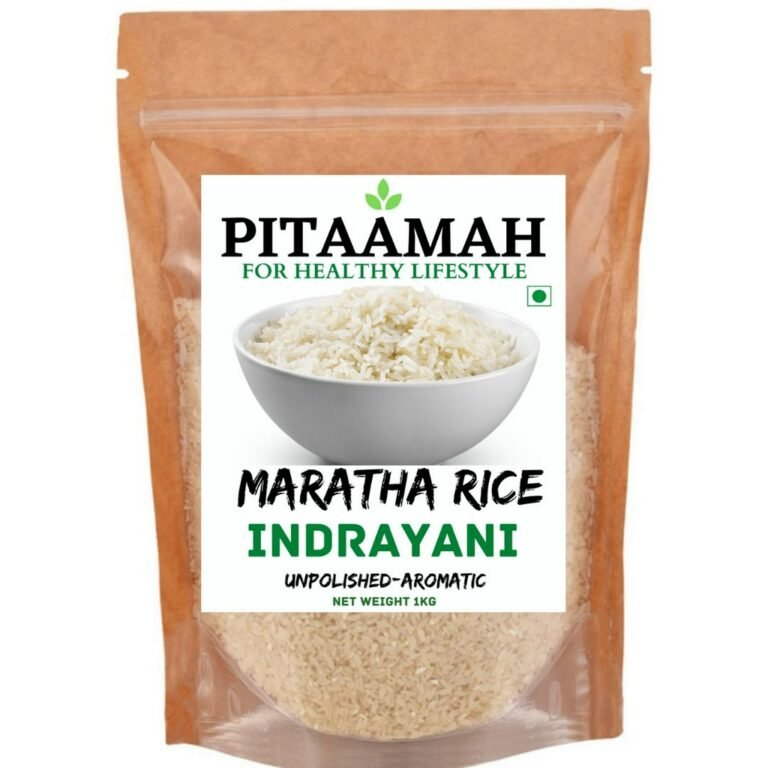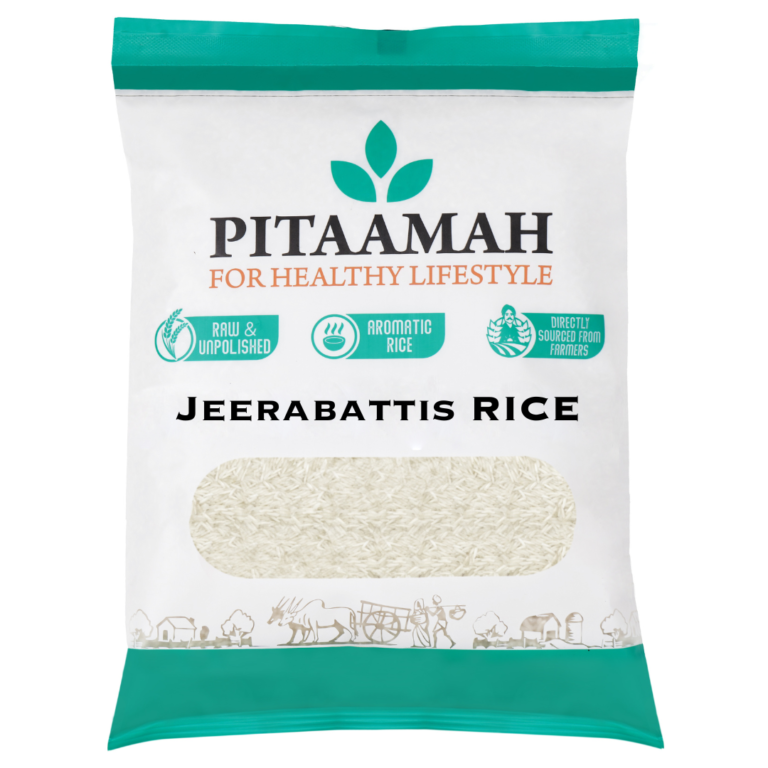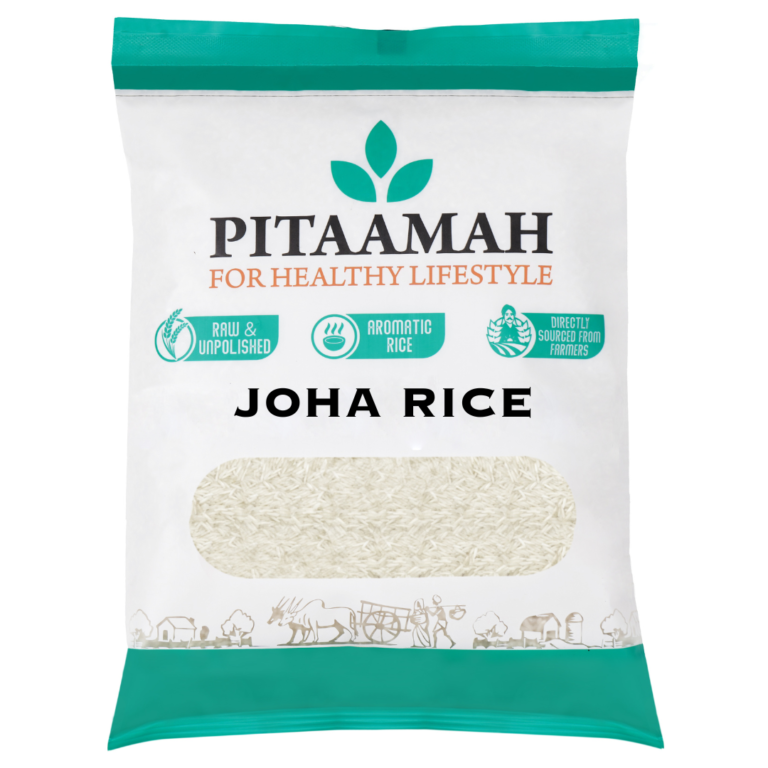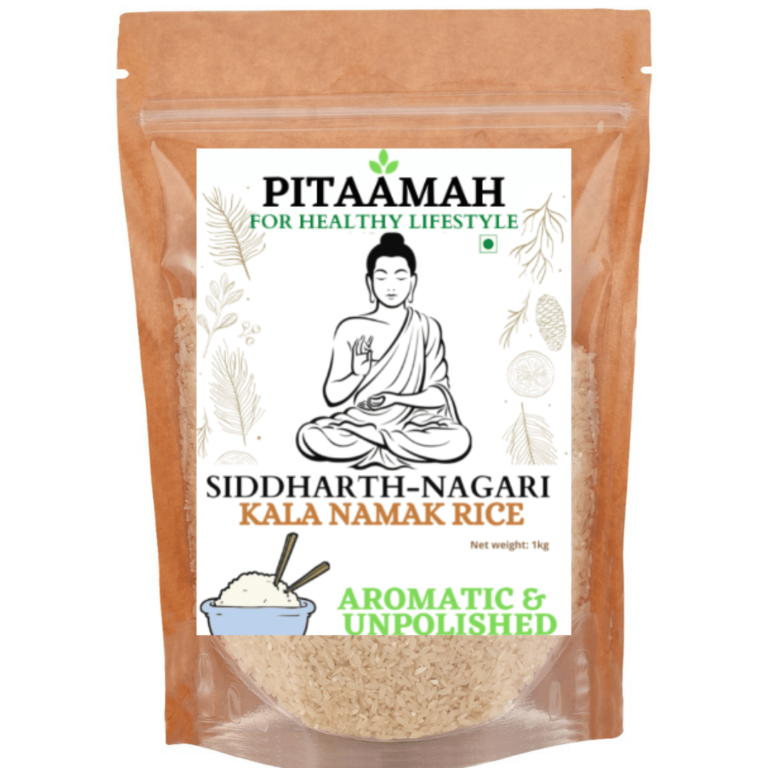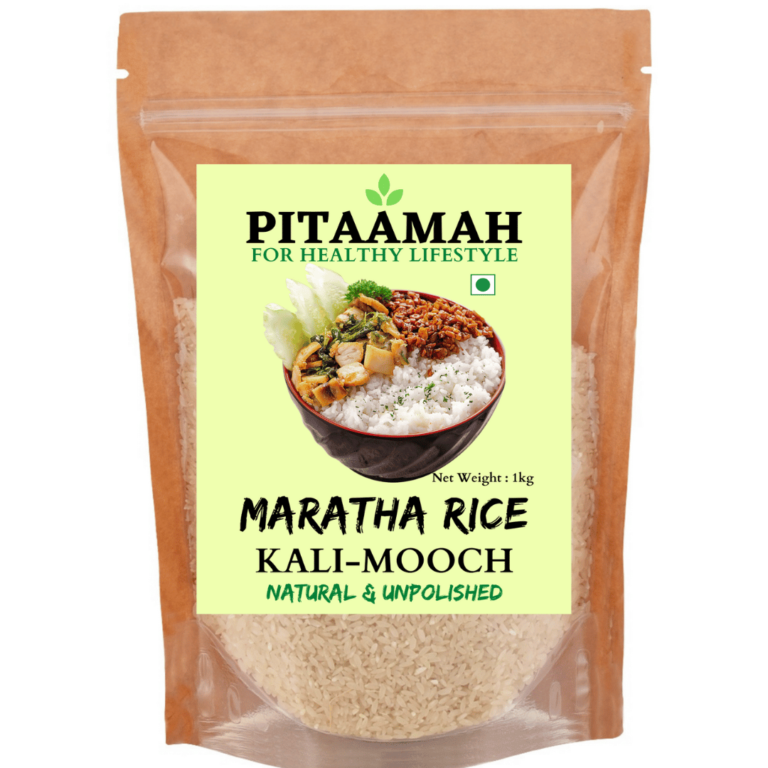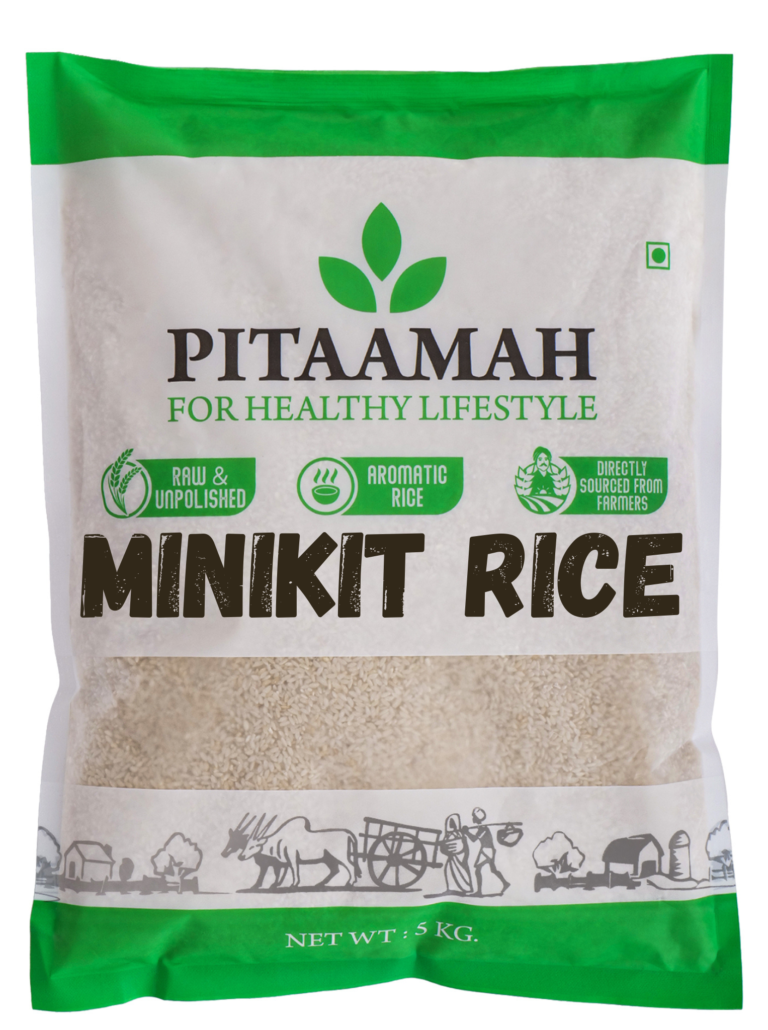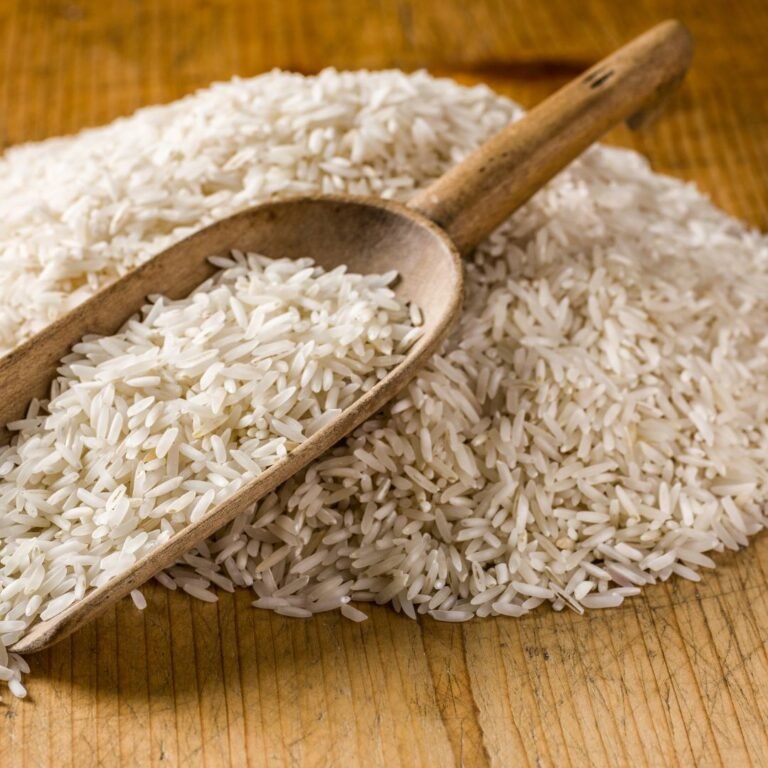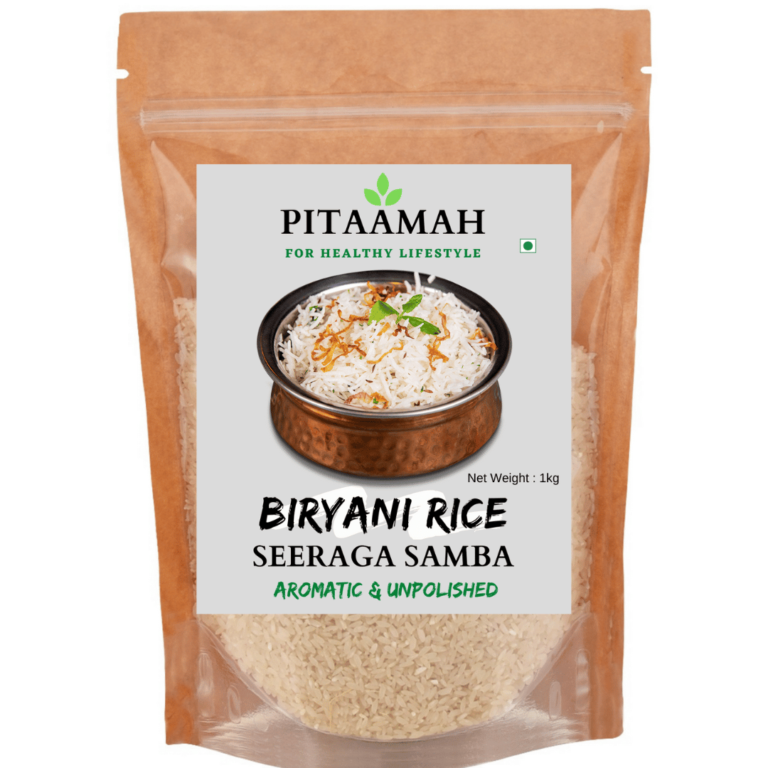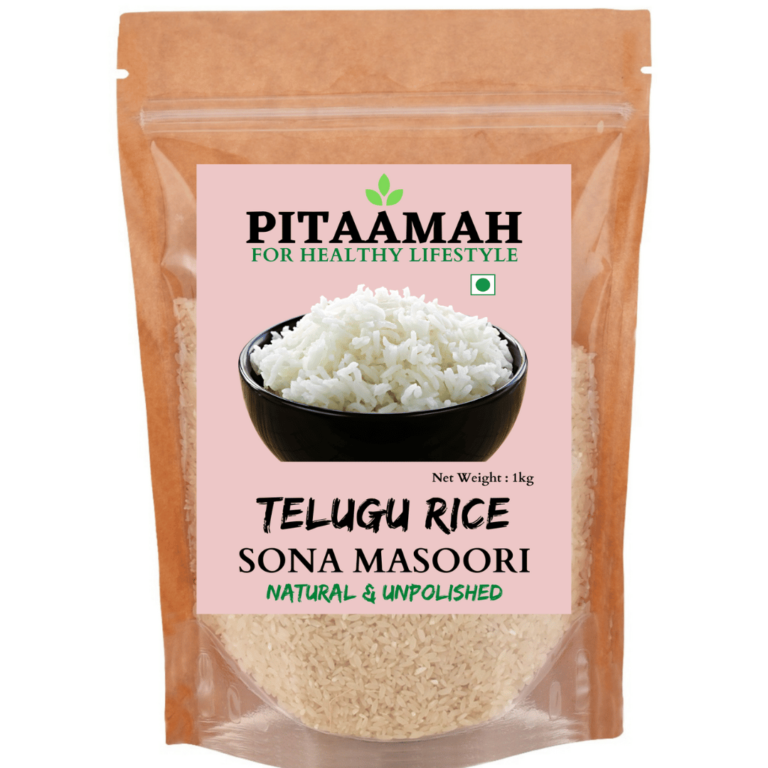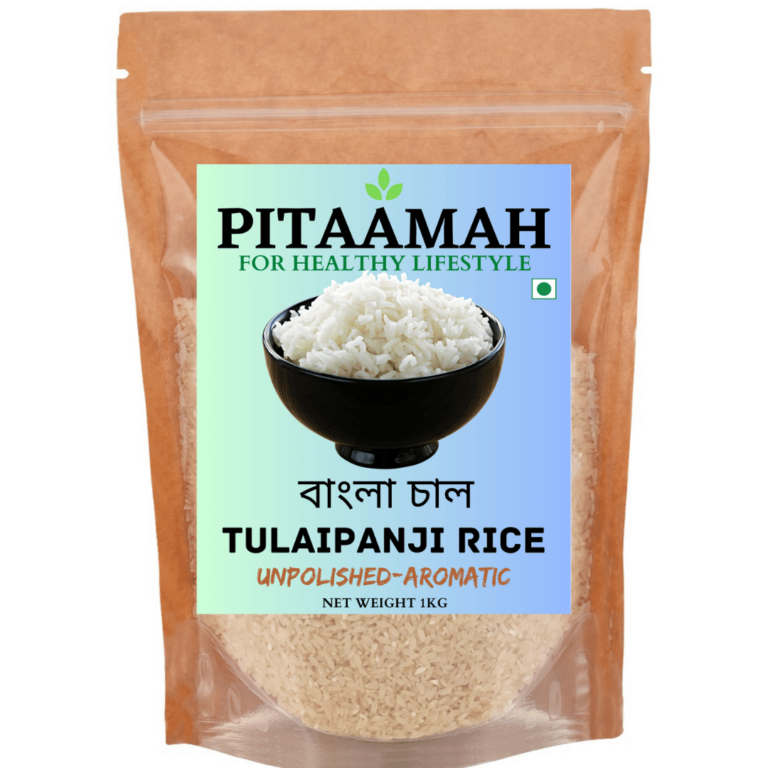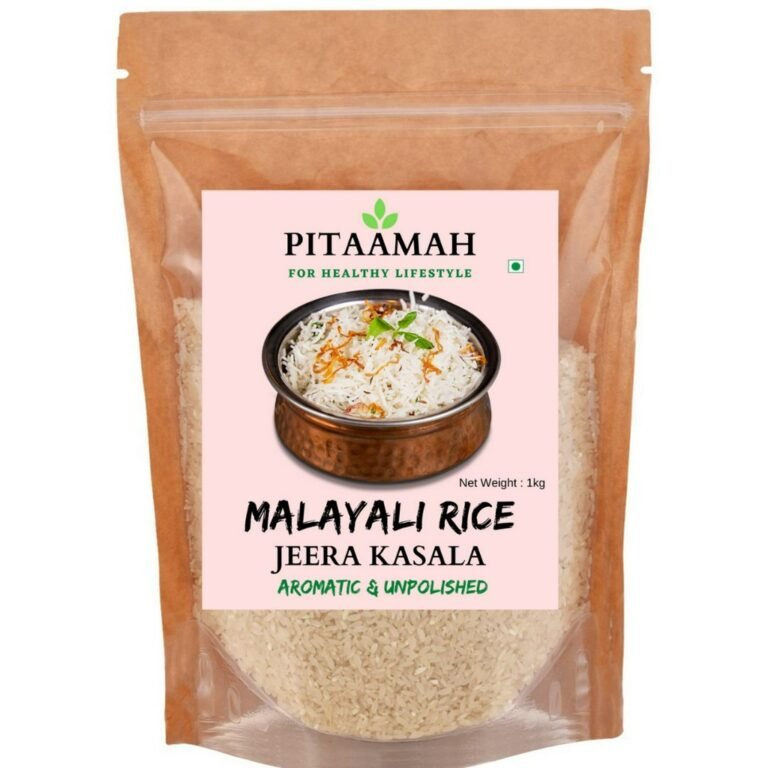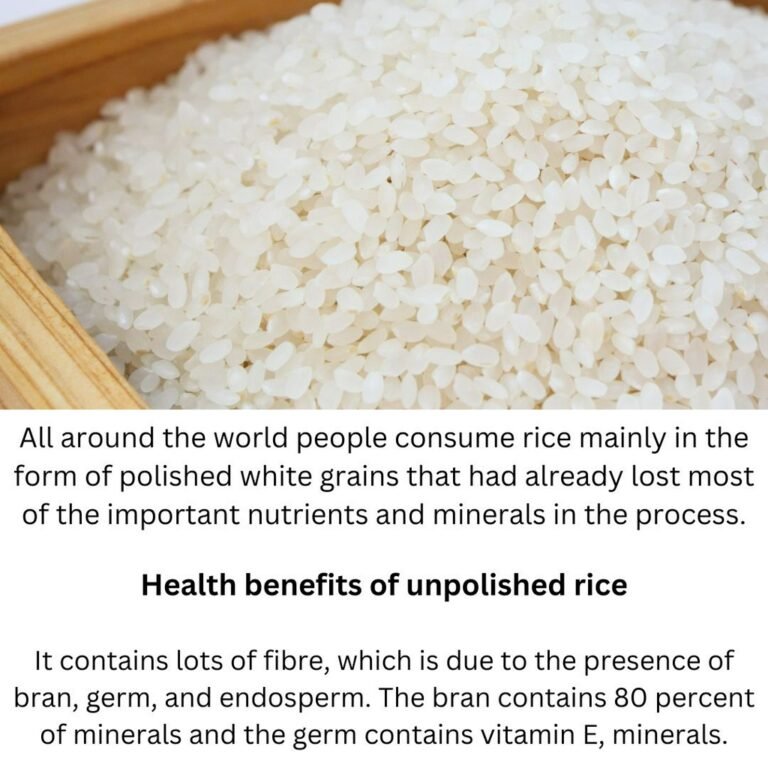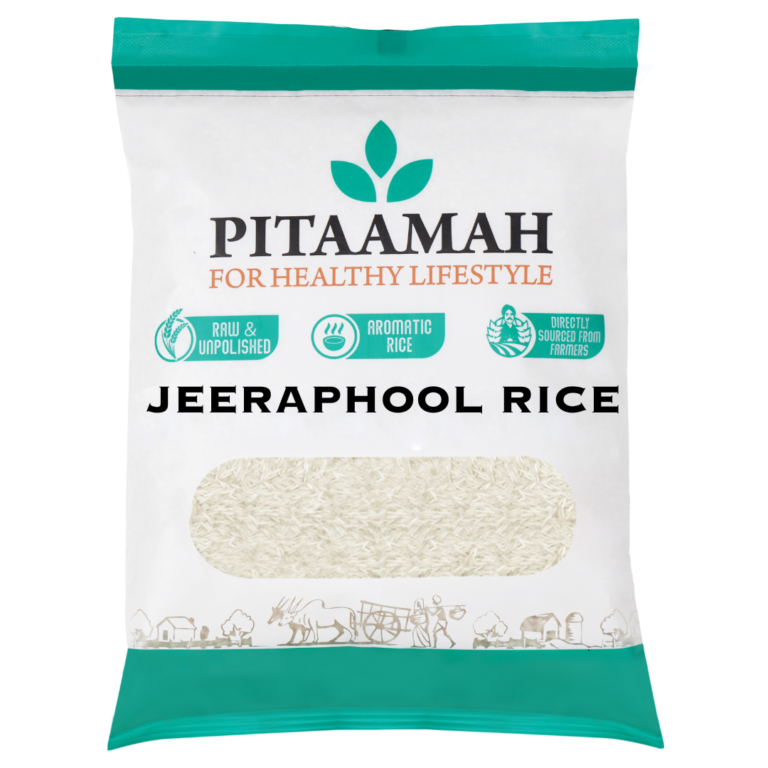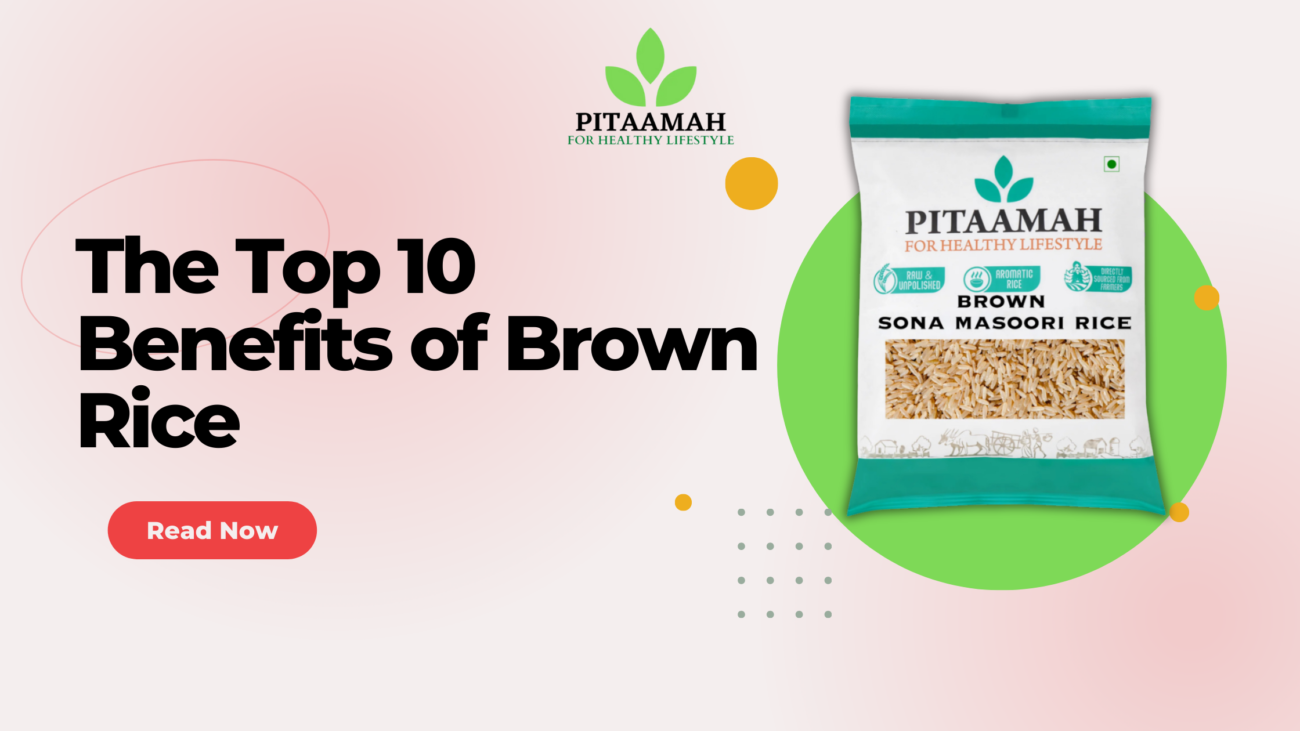
Table of Contents
Introduction
Brown rice has become a popular alternative to white rice, particularly among those looking for better eating options. Brown rice is a whole grain packed with nutrients that provides several health benefits, making it an excellent choice for everyone. But what distinguishes brown rice, and why should you prefer it over more refined grains such as white rice?
What is brown rice?
Brown rice is basically whole-grain rice with the bran and germ layers intact. Unlike white rice, which is processed to remove these layers, brown rice contains more nutrients. Brown rice contains more vitamins, minerals, and fibre because to its little processing.
The Nutritional Profile of Brown Rice
Brown rice is a nutritional powerhouse. It contains vital nutrients such as:
Vitamins, particularly B vitamins, help with energy production and cognitive function.
Minerals include magnesium, phosphorus, and selenium.
Brown rice has much more fibre than white rice, which helps digestion and promotes fullness.
Calories: A cup of cooked brown rice contains around 215 calories, making it a moderate-calorie diet that delivers sustained energy.
Why Choose Brown Rice Over White Rice?
The main distinction between brown and white rice is in the processing. White rice is stripped of its outer layers, the bran and germ, which removes many important elements. Brown rice, as a whole grain, preserves these layers, making it a healthier option. It’s like comparing a freshly squeezed orange to a sweet orange drink: one contains considerably more nutrients and fibre than the other.
Top 10 Benefits of Brown Rice
1. Supports Weight Loss
One of the most notable advantages of brown rice is its high fibre content. Fibre increases a feeling of fullness, which might help you avoid overeating. According to studies, eating fiber-rich foods like brown rice can aid with weight management by reducing hunger and calorie consumption.
2. Improves Digestion
Brown rice’s fibre content promotes good digestion. Brown rice contains insoluble fibre, which bulks up stool, allowing food to flow more efficiently through the digestive tract and reducing constipation.
3. Promotes Heart Health
Brown rice is also good for heart health. It contains chemicals such as lignans, which have been associated to decrease cholesterol and a lower risk of heart disease. Brown rice fibre also lowers cholesterol by attaching to cholesterol molecules and helping in their elimination from the body.
4. Helps Control Blood Sugar Levels
Brown rice can be a beneficial dietary addition for persons who are controlling or trying to avoid diabetes. Brown rice has a lower glycaemic index than white rice, which means it raises blood sugar more slowly, allowing for better blood sugar control.
5. Provides Antioxidants
Brown rice is high in antioxidants, especially in the bran layer. These antioxidants combat oxidative stress in the body, which can contribute to chronic diseases including cancer and heart disease.
6. Boosts Energy Levels
Brown rice contains complex carbs, which provide a constant supply of energy. Unlike processed grains, which can induce blood sugar spikes and crashes, brown rice provides a steady release of glucose into the bloodstream, allowing for sustained energy throughout the day.
7. Good Source of Magnesium
Magnesium is required for a variety of body activities, including muscle contraction, neurone function, and bone health. Brown rice is an excellent source of magnesium, providing around 21% of the required daily consumption in only one serving.
8. Strengthens Bones
In addition to magnesium, brown rice includes phosphorus, which is necessary for strong bones. These minerals act together to maintain bone density and prevent osteoporosis.
9. Reduces the Risk of Cancer
Brown rice’s antioxidants and anti-inflammatory components may help to lessen the incidence of some cancers. According to studies, whole grains such as brown rice may reduce the incidence of colon and breast cancer due to their nutritious content.
10. Enhances Brain Function
Brown rice contains vitamins and minerals, including magnesium and B vitamins, which help to improve brain function. These nutrients promote memory, focus, and cognitive health, making brown rice a brain-friendly food.
How to Cook and Include Brown Rice in Your Diet
Cooking brown rice is straightforward, but it takes slightly more water and time than white rice. Cook for 45 minutes to an hour with approximately 2 1/2 cups of water per cup of brown rice. Brown rice is an excellent base for stir-fries, salads, and even as a side dish with proteins such as chicken or fish. Brown rice can also be used in soups and casseroles to offer texture and nutrition.
Conclusion
Brown rice provides numerous health benefits, including weight loss and improved brain function. Its high nutrient and fibre content make it an excellent choice for anyone trying to improve their diet. By include brown rice in your meals, you are consuming a whole grain that delivers long-lasting energy and promotes overall health.
FAQs
Is brown rice gluten-free?
Yes, brown rice is naturally gluten-free, making it a safe choice for persons who are gluten sensitive or have coeliac disease.
How much brown rice should I eat per day?
A normal serving size is half to one cup of cooked brown rice. However, the amount varies depending on your nutritional demands and level of activity.
Can I lose weight eating brown rice?
Yes, because of its fibre content, brown rice can help you lose weight by keeping you full for longer and lowering your overall calorie intake.
Does brown rice have any side effects?
Brown rice may produce bloating or gas for certain people due to its high fibre content. If you are unfamiliar with high-fiber foods, it is best to introduce them gradually.
How does brown rice help control blood sugar levels?
Brown rice has a low glycemic index, meaning it raises blood sugar slowly, which can be beneficial for managing or preventing diabetes.
Authentic Pitaamah ShakkarChini Rice – Unpolished and Aromatic
Buy Pitaamah Sonachur Rice – Available in Various Sizes | Traditionally Milled & Unpolished
Buy Telangana Sona Rice Online
Buy VishnuBhog Rice from pitaamah Online | Unpolished & Aromatic | Shop Rice Online
Fresh Pitaamah Unpolished Gobindobhog Rice Online in India
Pitaamah AmbeMohar Rice Online at Best Prices | Unpolished Pitaamah AmbeMohar Rice
Pitaamah Indrayani Rice Delivered Across India| Pitaamah Indrayani Rice Direct from farmer
Pitaamah Jeera battis Rice -Unpolished & Aromatic
Pitaamah Joha Rice – Unpolished & Aromatic Rice
Pitaamah Kala Namak Rice | healthy & Low GI Rice | GI Tag | Buddha Rice
Benefits of Kala Namak Rice:
- Rich in Antioxidants: Contains high levels of antioxidants, which promote overall health and protect against oxidative stress.
- Good Source of Iron and Zinc: Supports immune function and helps prevent anemia.
- High Nutritional Value: Packed with essential nutrients and vitamins, making it a healthier option than regular white rice.
- Easily Digestible: Light on the stomach and easy to digest, making it ideal for everyday consumption.
- Unique Aroma and Flavor: Its distinctive aroma enhances the taste of traditional dishes like pulao, biryani, and festive rice preparations.
Characteristics of Kala Namak Rice
-
Color: Black husk with white grain inside.
-
Aroma: Naturally aromatic, stronger than Basmati.
-
Taste: Mildly sweet with a nutty flavor.
-
Length: Medium-grain rice (not as long as basmati).
-
Cultivation: Traditionally grown in the Gangetic plains with organic practices.
Health Benefits of Kala Namak Rice
-
Rich in Iron & Zinc – Helps improve hemoglobin levels.
-
High Antioxidant Content – Strengthens immunity.
-
Low Glycemic Index – Suitable for diabetics.
-
Easily Digestible – Good for children and elderly.
-
Gluten-Free – Ideal for people with gluten intolerance.
Culinary Uses of Kala Namak Rice
-
Steamed Rice – Its aroma enhances daily meals.
-
Pulao & Biryani – Provides a unique taste compared to basmati.
-
Kheer (Rice Pudding) – Popular in traditional households.
-
Buddha Rice Recipes – Used in wellness and organic diets worldwide.
-
Why Kala Namak Rice is Special?
-
-
How to cook Kala Namak Rice | Pitaamah Unique & Healthy Rice #ricerecipe #indianrice #indiancooking
-
GI Tag (Geographical Indication): Kala Namak rice has been awarded the GI tag, making it an exclusive heritage rice of Uttar Pradesh.
-
Global Recognition: It is often called “Buddha Rice” internationally.
-
Sustainable Farming: Traditionally grown without harmful chemicals.
How to Cook Kala Namak Rice (Quick Method)
-
Wash the rice 2-3 times.
-
Soak for 20 minutes.
-
Cook with 1:2 water ratio.
-
Allow it to rest for 5 minutes after cooking.
Kala Namak Rice – The Aromatic Heritage Grain of India
Kala Namak Rice (also known as Buddha Rice) is one of India’s oldest and rarest varieties of rice, grown mainly in the Terai region of Uttar Pradesh (Siddharthnagar, Basti, Gorakhpur, Sant Kabir Nagar, etc.). This traditional rice is famous for its unique aroma, black husk, rich nutritional value, and historical significance.
Origin & History of Kala Namak Rice
-
Believed to be over 2,500 years old, Kala Namak rice has a strong cultural connection with Lord Buddha.
-
Historical texts mention that Lord Buddha gifted this rice to his followers as a symbol of peace and health.
-
The name “Kala Namak” comes from its black husk (kala = black) and its mild salty taste (namak = salt).
-
-

